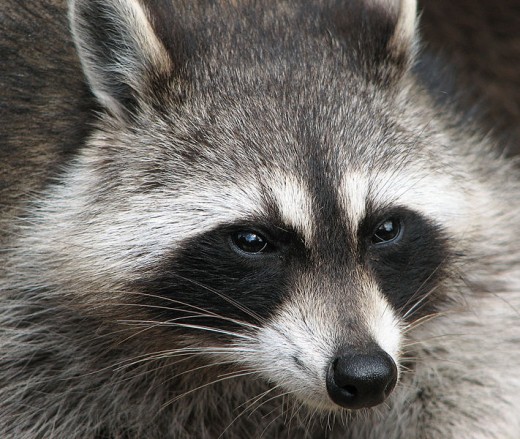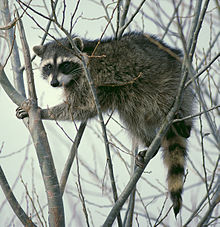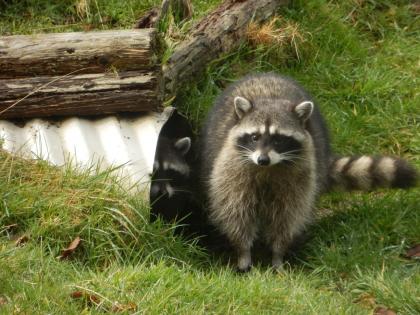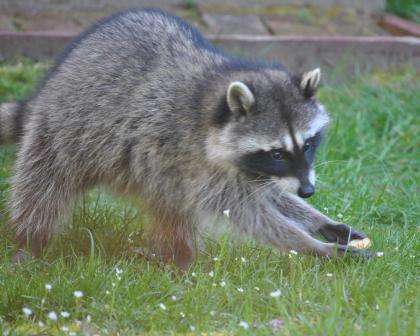Step Guide For Getting Rid of Roaches
step Roach-Free Recipe, you’ll follow a simple plan to eliminate most cockroach problems in your home. You’ll use insecticides alongside basic, inexpensive tools, then put a plan in place to make your efforts stick.
Find Cockroach Hiding Spots in your Home
Using a notebook and insect sticky traps, you’ll find where roaches are currently hiding in your home, then target those areas for treatment.
Kill Roaches as They Crawl With Insecticidal Dust
Next, you’ll apply a crack and crevice treatment that kills crawling roaches, but is safe for pets and humans.
Kill Roaches as They Feed With Edible Gel Bait
You’ll return to cockroach hot spots and apply tiny drops of gel bait. The bait will first kill roaches that eat it, then others across the colony.
Prevent Future Roaches Through Sanitation
After you’ve eliminated most or all of the infestation, you’ll take steps to eliminate cockroach food and water sources, as well as pheromone trails cockroaches have left behind.
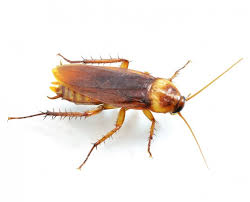
How To Get Rid of Cockroaches
OH GOD! A COCKROACH!
Yup, he’s scurrying from under your kitchen sink while you’re grabbing the dish soap. And now, he’s somewhere in your cabinet… We’ve all heard it before: Cockroaches survived many millennia before humans, and they’ll probably outlive us, too.
What Attracts Cockroaches?
If you’re simply interested in killing cockroaches without wanting to know why they’re in your home in the first place, you’ll find yourself with many more repeat infestations.
This is definitely a short term solution as it’s guaranteed that if there are cockroaches that you can see, there are many more breeding and feeding out of sight.
They Smell Food
Cockroaches love your food, plain and simple. Even the smallest spills or leakages could cause a cockroach to sniff its way inside your home for a feast.
Here are a few simple steps you can take to prevent or at least deter cockroaches from hanging around your kitchen:
Clean up all spills as soon as possible.
Make sure to sweep and/or vacuum underneath appliances like the fridge, the stove, and under counter tops (if there’s space).
Store all food in air-locked containers, or in plastic bags through which scent can’t travel.
Don’t leave food sitting out, uncovered for longer than necessary.
Take out garbage bags in a timely manner, and switch to a smaller kitchen trashcan if possible to avoid a lot of garbage sitting for extended periods of time.
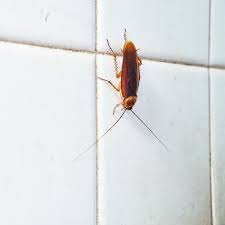
How to Get Rid of Cockroaches or Other Insects — and Keep Them Away
Is your house often visited by insects? It is not uncommon for many houses to be visited by disease-causing insects, such as cockroaches, mosquitoes, or flies. Its presence will have a negative impact and endanger health. In addition, the presence of cockroaches roaming the house will give the impression of being dirty and dirty. However, don’t worry! Flokq has a way to get rid of cockroaches and other insects at home. Guaranteed, these methods are safer than always using insect poison which might endanger your breathing and your family.
Keeping The House Clean
Keeping the house clean must always be done. This is done as a way to get rid of cockroaches. A clean house is not liked by insects and cockroaches. Insects and cockroaches often nest in dark, dirty, and humid places. Therefore, you need to clean every corner of the house such as the kitchen, food cupboard, and cooking utensil storage so you can avoid insects and cockroaches.
Using camphor
Mothballs are also a solution to repel insects and cockroaches. However, keep in mind not to put camphor near food or food cabinets. How to get rid of insects and cockroaches with camphor you can do by sprinkling camphor in the corners of the room. The sharp smell of camphor is disliked by cockroaches and is able to repel cockroaches from the house.
Get Rid of Unused Items
Stacks of unused items can attract insects. It’s better if you get rid of these items. Especially if the wood is used for building. This is because insects and cockroaches like to nest in woodpiles, especially during the rainy season. Therefore, to get rid of insects, you should avoid storing used wood.
Get Rid of Cockroach Eggs
A couple of cockroaches can produce as many as 35,000 young cockroaches per year. This number is very high. One way to get rid of cockroaches can be done by destroying the eggs. Cockroaches often hide their eggs in small holes or cracks around the house. Cockroach eggs, which are tiny capsules, are very difficult to identify. If you find it, you can spray insecticide to get rid of it.
How to Get Rid of Cockroaches
Discovering a cockroach infestation in your home or business can feel overwhelming and stressful. Although cockroaches are tough, there are ways to manage an infestation and prevent future invasions.
In this chapter, we’ll show you methods to get rid of cockroaches, so you can get back to business or enjoying your home. Always remember –– if it’s too much too handle, you don’t have to deal with roaches alone.
Ways to Get Rid of Cockroaches
If you ever tried to squash a cockroach with your shoe, you may have been surprised when the little critter still gets up and runs away. Cockroaches are well-known to be seemingly indestructible creatures. Part of this is because they bend rather than break. Their exoskeleton consists of flexible but hard plates that overlap when they compress under a shoe or need to squeeze through a tight spot. The spines on their legs give them enough traction to escape even when they’re squished flat. Cockroaches are so admirable in their design that scientists are using their exoskeletons as models for robots.
Call a Professional
You may be able to get a small cockroach infestation under control on your own, but it’s still recommended.
Cockroaches reproduce rapidly. So, while you may think you’ve caught them all, a whole new generation of roaches could be waiting to hatch in an undiscovered area. It can also be difficult locating all of their hiding spots, and it may be even more challenging to reach their dens. They are also a high-risk pest that you don’t want contaminating food and other objects in your home. It’s very important to take action as soon as you see even just one cockroach.
Natural Cockroach Repellent: Does It Really Work?
Do you suspect a cockroach infestation in your property and are struggling to get rid of it? Try your luck by experimenting with the use of these 3 natural cockroach repellent at home.
Baking soda
Coffee grounds
Garlic
How to kill cockroaches naturally with baking soda
Who would have thought if baking soda may be the solution to remove pesky pests like bed bugs and cockroaches at home. Besides useful for used in baking cakes and pancakes, baking soda is also known to be a great ingredients to make roach traps because its effective and safe to use around pets if you have any at home.
Method: Take equal parts of baking soda and a pinch of sugar in a shallow bowl, then place it near to the cockroach infested areas or in where roaches are usually roaming at your house. The sugar attracts the cockroaches while baking soda will kills them. Once they eat it, baking soda will react badly by creating gas inside of the stomach and cause its stomach to burst. All you have to do afterwards is just clean up the dead roaches.
How to kill cockroaches naturally coffee grounds
Don’t throw out those used coffee grounds! A lot of people already know coffee grounds can be composted for your garden, but little they know if coffee grounds can be a good natural repellent for cockroaches at home.
Method: Cockroaches do not like acids produced from coffee grounds. Sprinkle coffee grounds near to the entry points that usually cockroach passed. This natural repellent may keep roaches from getting inside your house.
Fact: There’s no scientific evidence that coffee grounds are able to killing cockroaches. Coffee won’t able to kill cockroaches, but it will only keep them away. Once they found another way that aren’t contaminated with coffee grounds, they will easily sneak to your home again
How to kill cockroaches naturally with garlic
The aroma of garlic has long been known to have repellent effects to many insects, including cockroaches. Garlic has a pungent smell that cockroaches don’t like.
Method: Crush a clove garlic and place around infested areas as deterrents. Some people believe this natural repellent immensely effective to lure the cockroaches out from your home.
Fact: You may be can make cockroaches away, but garlic does not kill the cockroaches. Again, there is no scientific evidence to suggest that garlic is a successful home remedy for cockroach.
